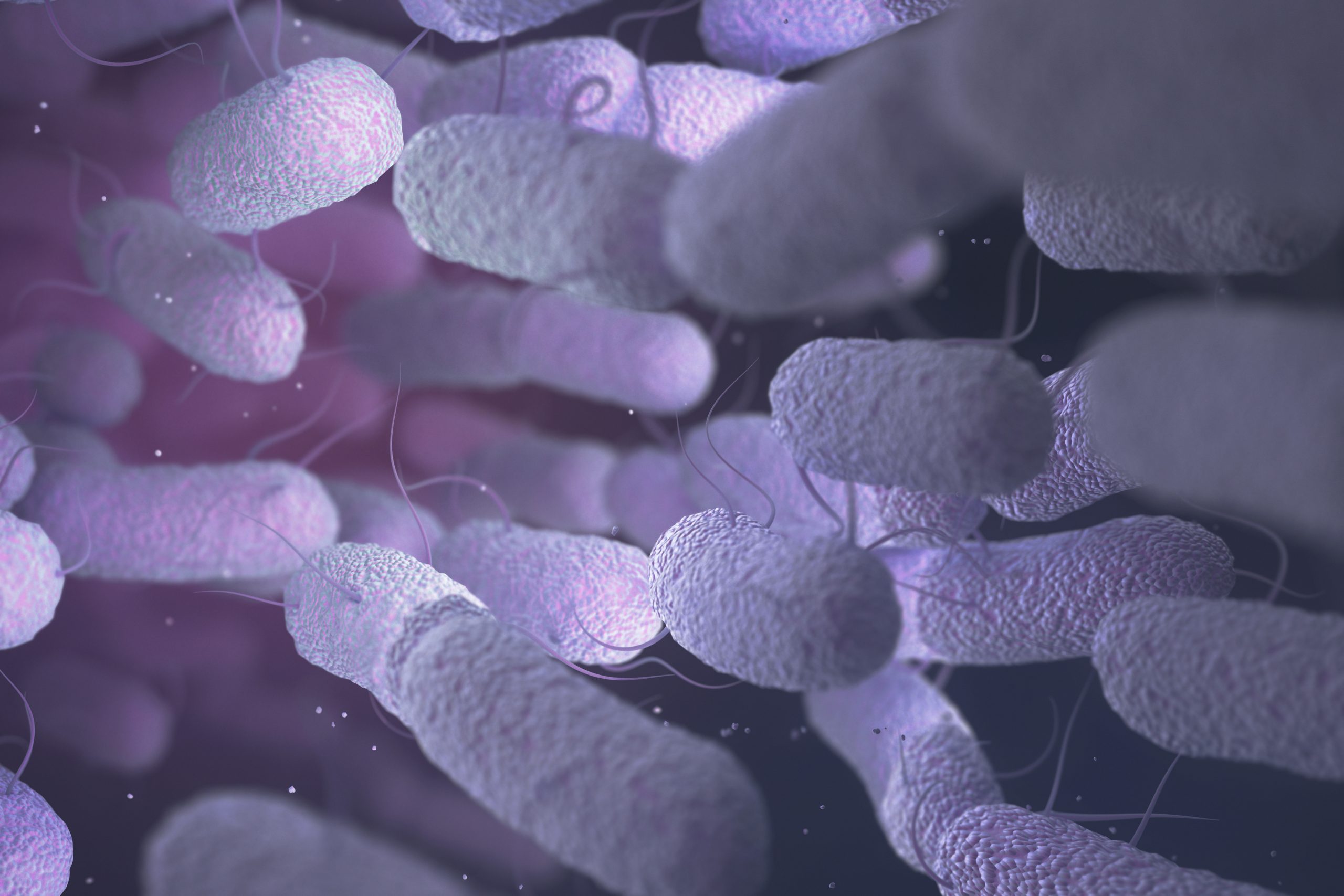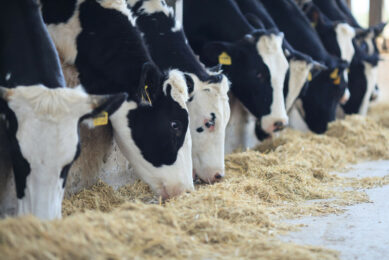AGP benefits ensured by Bacillus subtilis

Bacillus subtilis DSM 29784 has shown to have anti-inflammatory properties, similar to most antibiotics used as AGPs. Moreover, it has the ability to maintain gut barrier integrity, which is critical to ensure optimal performance as well as good health status in livestock animals.
Antibiotics have been used for a long time in animal production for different purposes:
- as treatment methods to fight infectious diseases affecting animal flocks
- in prophylactic use to prevent the apparition of diseases
- as growth promoters to stimulate the performance of animals
The growth promotion effect is difficult to explain but has largely been proven and is commonly accepted in animal production. In addition to their anti-microbial effect, Prof Theo Niewold (2007) introduced the concept that AGPs act through their anti-inflammatory activity more than through reduction of gut microbiota. He further showed that all antibiotics used as AGPs also have anti-inflammatory properties (Table 1). Antibiotics used as AGPs and for prophylactic uses are banned worldwide – since 2006 in the EU, and more recently in many other countries. In order to ensure both health and good performance, animal producers have had to evolve their production management. One of the answers they have found is to rely on alternative solutions.
Inflammatory responses examined
The ability of Bacillus subtilis DSM 29784 to reduce inflammatory response as a direct effect (without taking into account the effect that the probiotic has on microbiota) was investigated. This was then compared to the effects of two other strains of Bacillus subtilis (named Bs A and Bs B in this study) found in commercial probiotic products on the same parameters. The positive control was known for its strong anti-inflammatory properties.
To test the ability of Bacillus vegetative cells to decrease inflammatory response, an in vitro model was used: a human intestinal epithelial cells (Caco-2) monolayer established in a Transwell system. The bacterial strains of interest, as well as a compound known to decrease inflammation – epigallocatechin gallate (EGCG) – were applied to the Caco-2 cells. The intestinal cells were then stimulated to mimic inflammatory response. The stimulation was carried out by exposing Caco-2 cells to interleukin 1 beta (IL-1 beta), an inflammatory inducer, and the level of inflammatory response was dosed for each treatment by measuring the production of interleukin 8 (IL-8), a marker of acute inflammation.
Such an in vitro model is effective: the stimulation of the Caco-2 cells with IL-1 induced a huge increase in IL8 production (compare control – non-stressed cells with control – stressed cells), and EGCG (positive control) was very effective in preventing the inflammatory response. Finally, even if all Bacillus strains tended to reduce inflammatory response, Bacillus subtilis DSM 29784 (Alterion) was much more effective, decreasing the production of IL-8 to the level obtained with the positive control, EGCG. The other strains of Bacillus slightly decreased the inflammation, but were not able to fully return to the control level (Figure 1).
Figure 1 – Caco-2 cells IL-8 production under IL-1 stimulation (+ negative and positive controls).

Intestinal barrier integrity
Preserving the integrity of the intestinal barrier is also critical for the performance and health of the animals. As well as ensuring nutrient absorption, the intestinal banner plays an important role in protecting the animals’ immune systems (mucus production, prevention against bacteria and toxins entering the bloodstream). In order to test the direct effect of Bacillus subtilis DSM 29784 on intestinal barrier function, the same Caco-2 model as described was used. This time, stimulation was performed with TNF-α, a pro-inflammatory molecule that can lead to impairment of the integrity of the intestinal barrier. The transepithelial electrical resistance (TEER) was measured, which represents the voltage between the apical side and the basolateral side – in other words, corresponding to the passage of the molecules. The higher the TEER, the better the integrity. Evaluating the paracellular pathway with D-mannitol allowed to further evaluate the integrity of the intestinal barrier. More D-mannitol passing from apical to basolateral means that the integrity of the barrier has been damaged. The stimulation with TNF-α decreases TEER and increases Mannitol flux, as expected. Bacillus subtilis DSM 29784 restored the parameters to levels similar to those of non-stimulated cells (Figure 2).
Figure 2 – TEER and D-mannitol fluxes measurements.

Authors: Dr Estelle Devillard And Dr Lamya Rhayat, Adisseo Cern And Dr Pierre-André Geraert And Stéphanie Pedrosa, Adisseo Sas











